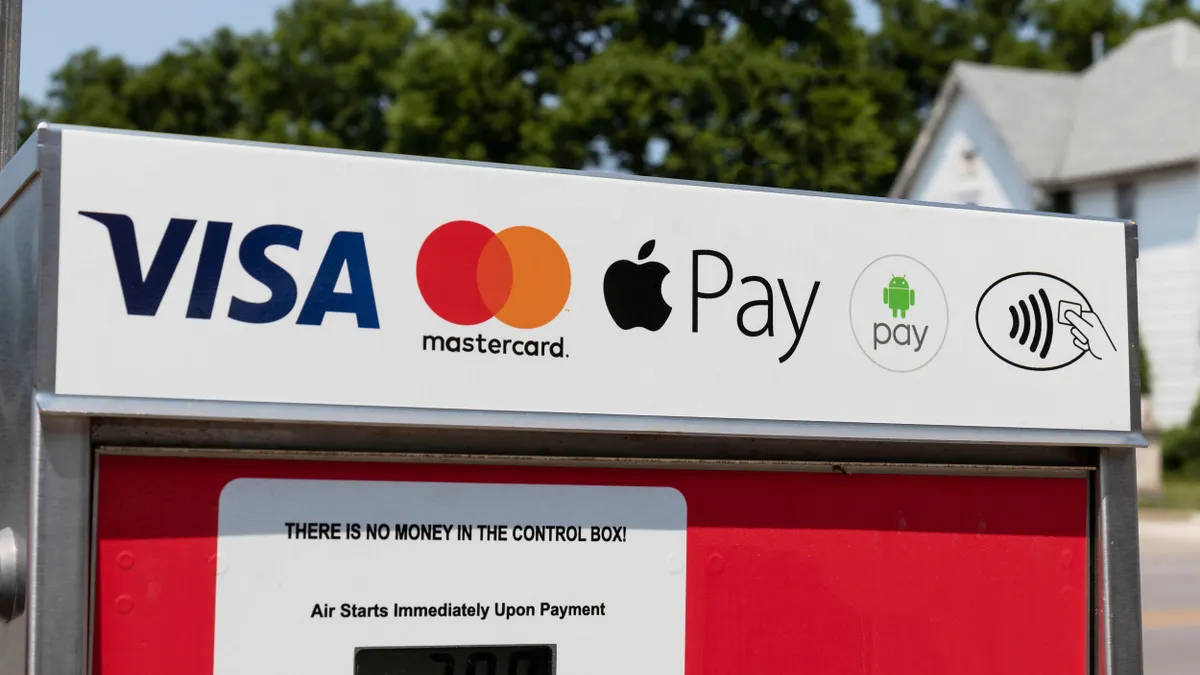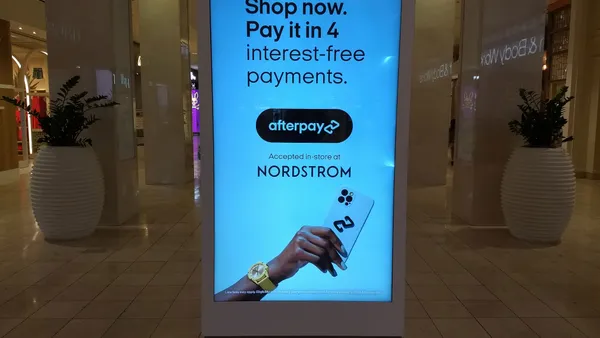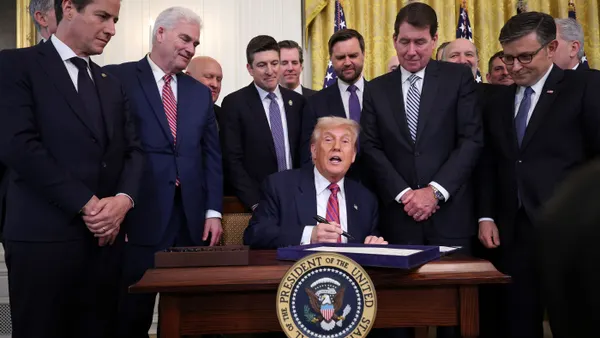Visa has high goals when it comes to leading consumers to tokenized transactions, which are the type that replace a card holder’s personal card information with a random code, or token, for processing a payment.
The San Francisco-based card network giant aims to have all digital card transactions tokenized, but it’s only halfway there, according to its chief product and strategy officer, Jack Forestell, who spoke Tuesday at an investor conference.
“We’ve got 50% to go, and a big part of that 50% is tokenizing guest checkout and tokenizing form-filled transactions,” Forestell said at the Goldman Sachs Communacopia + Technology Conference.
To get there, Visa has “been working hard” on its “secure remote commerce capability,” which is a directory that the card network offers to banks and payment service providers so they can communicate across Visa and other networks “to deliver a tokenized guest checkout experience using the click-to-pay standards,” he explained.
The two big U.S. networks, Visa and Mastercard, have leaned into tokenized transactions over the past decade as a way to increase consumer transactions, by allowing more of them to be completed, at the same time they reduce fraud. To pursue tokenization, the networks have had to work with bank card issuers and merchants to integrate new software into card processing for digital and hardware systems.
“Tokenization is something which we’ve been very focused on as a company,” Mastercard Chief Financial Officer Sachin Mehra said Monday at the same conference. “The real benefit which comes through with this is a much safer and more secure payment transaction.”
Visa, which introduced tokenization about ten years ago as well, provisioned about one billion credentials in the first five years, but then 14 billion in the next five years, showing momentum for tool, Forestell suggested.
When Visa card holders use a tokenized transaction, there is about a five percentage point increase in the likelihood the card payment will be completed, without some hiccup in approval, Forestell said. There is also a 40% lower fraud rate, he said.
For Purchase, New York-based Mastercard, there is a similar three percentage point to six percentage point increase in a cardholder’s spending if transactions are tokenized, versus a non-tokenized transaction, Sachin said. That’s because more of the transactions are being approved, he said.
“What that effectively means is, there’s a happier consumer because there are fewer declined transactions for the consumer, there’s more volume going over our system – more volume going over our system means more revenue for Mastercard,” Sachin explained.
For face-to-face transactions, Visa already has shifted about 100% of its payments to the tokenized realm, and it has benefited the company with less fraud, Forestell said. Tokenization has also included increased use of EMV chip cards, which embed a small microprocessor in debit and credit cards (EMV stands for Europay, Mastercard and Visa).
“As we've gotten to that level of penetration with EMV chip and contactless tokenized transactions at the point of sale, we saw fraud reduce by almost 90%,” he said.












